Raspberry Pi 3 B+ review: Petite perfection
Improved networking and performance makes this tiny microcomputer even more attractive
a series of small tweaks come together to make the Raspberry Pi 3 B+ an even more outstanding device than its predecessor. For IoT applications, it's a dream come true.
-
+
Faster processor; Improved networking; New PoE capabilities
-
-
No GPU improvements; Struggles with demanding web pages

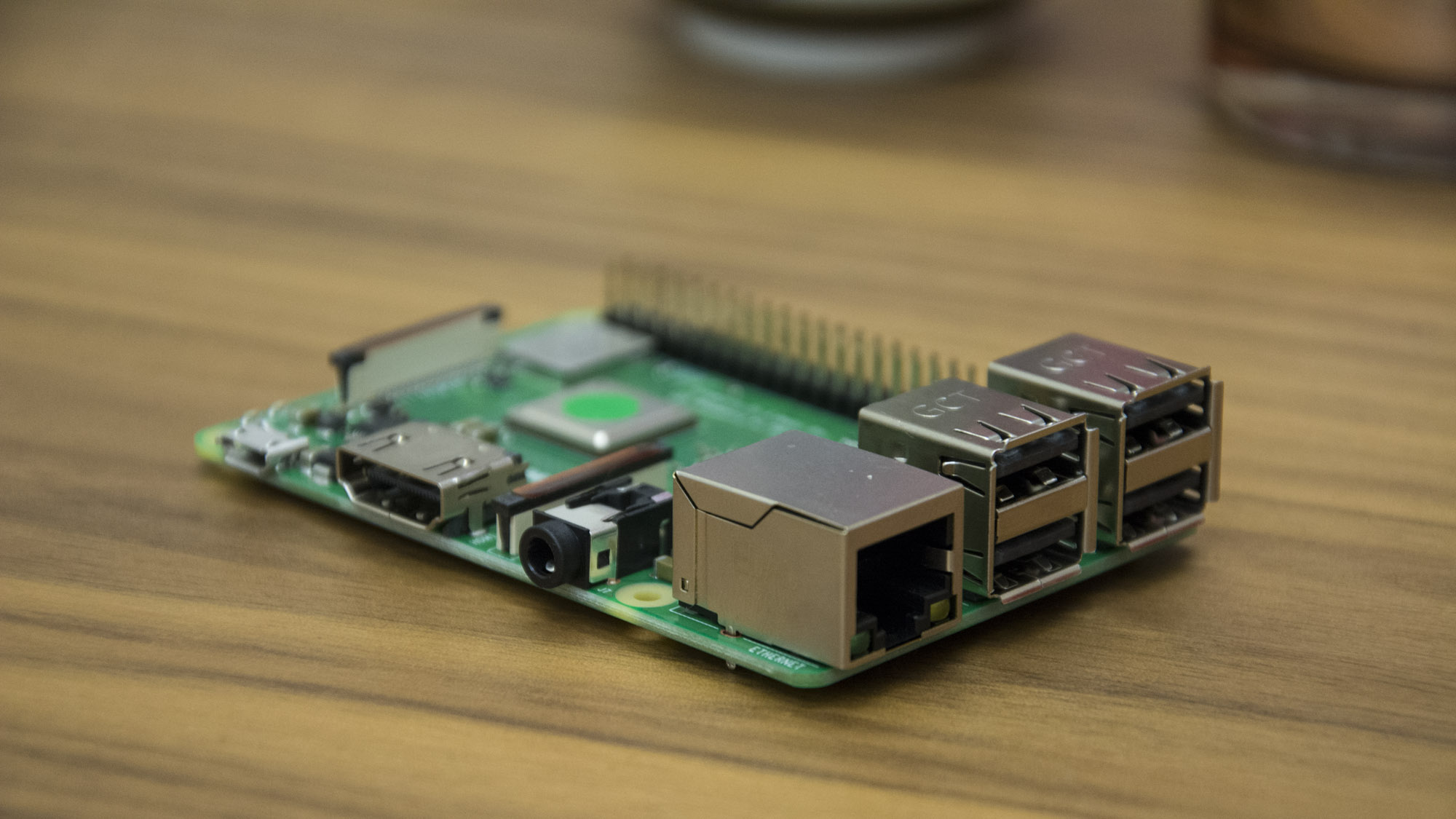
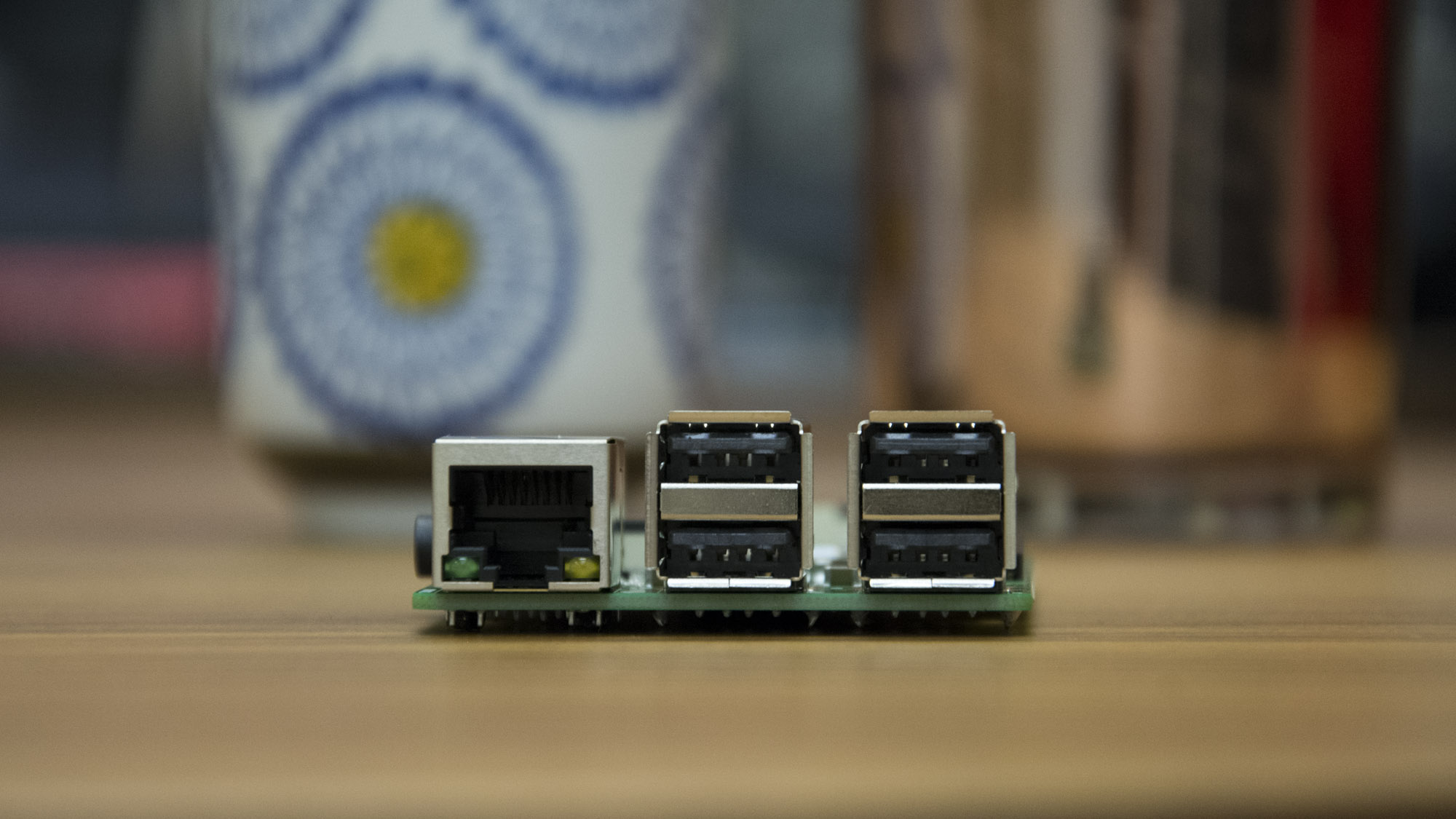
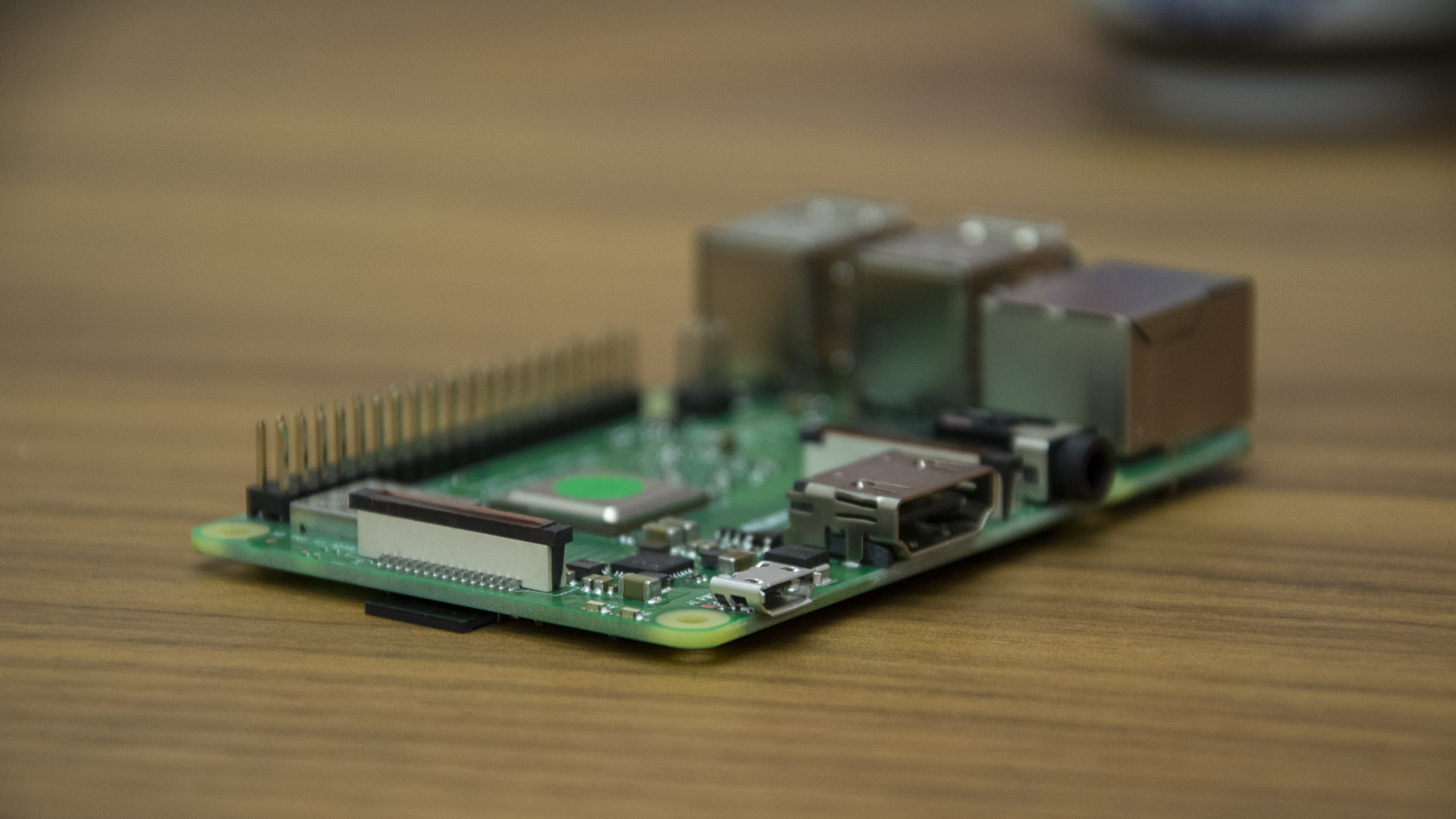
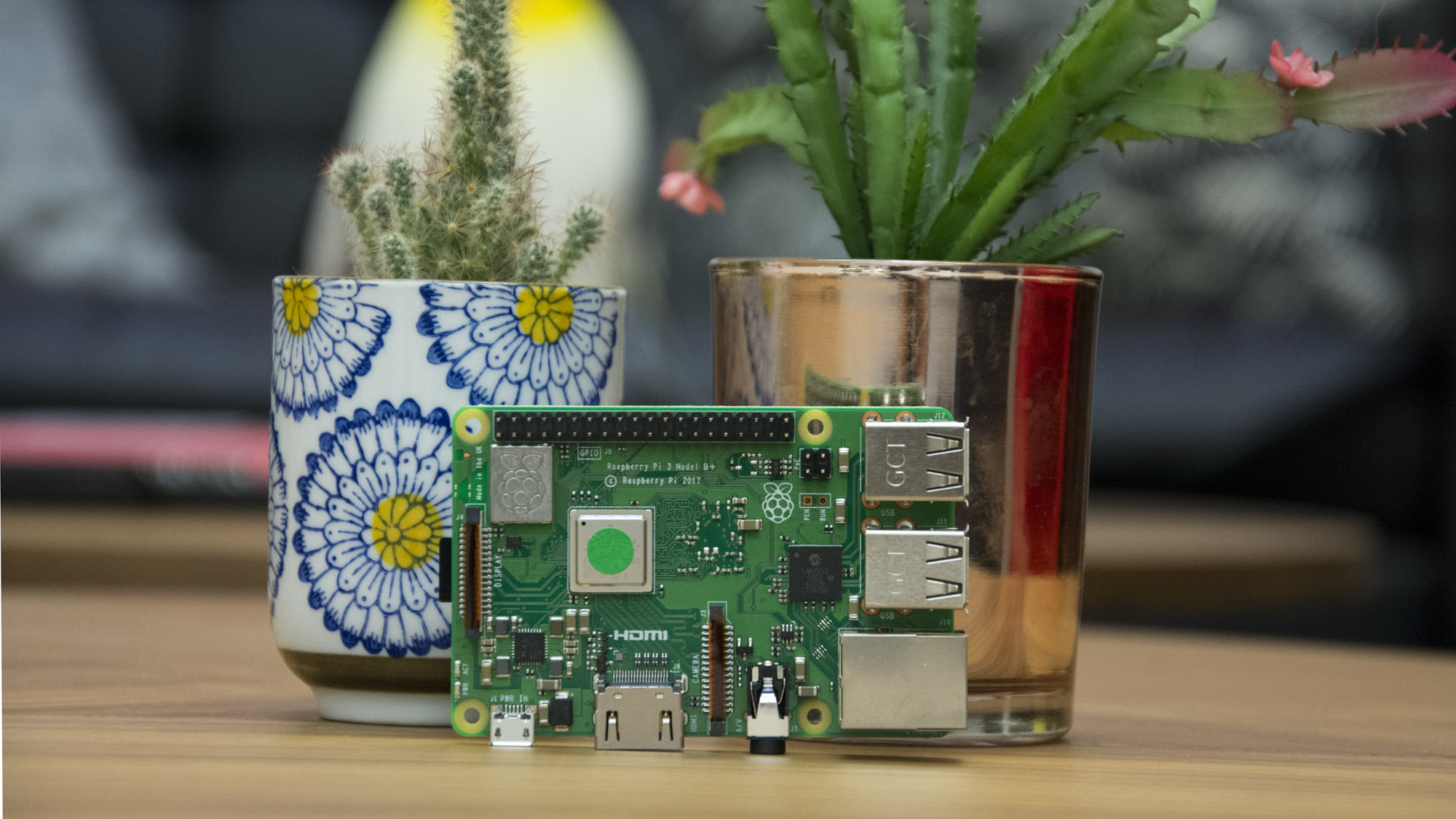
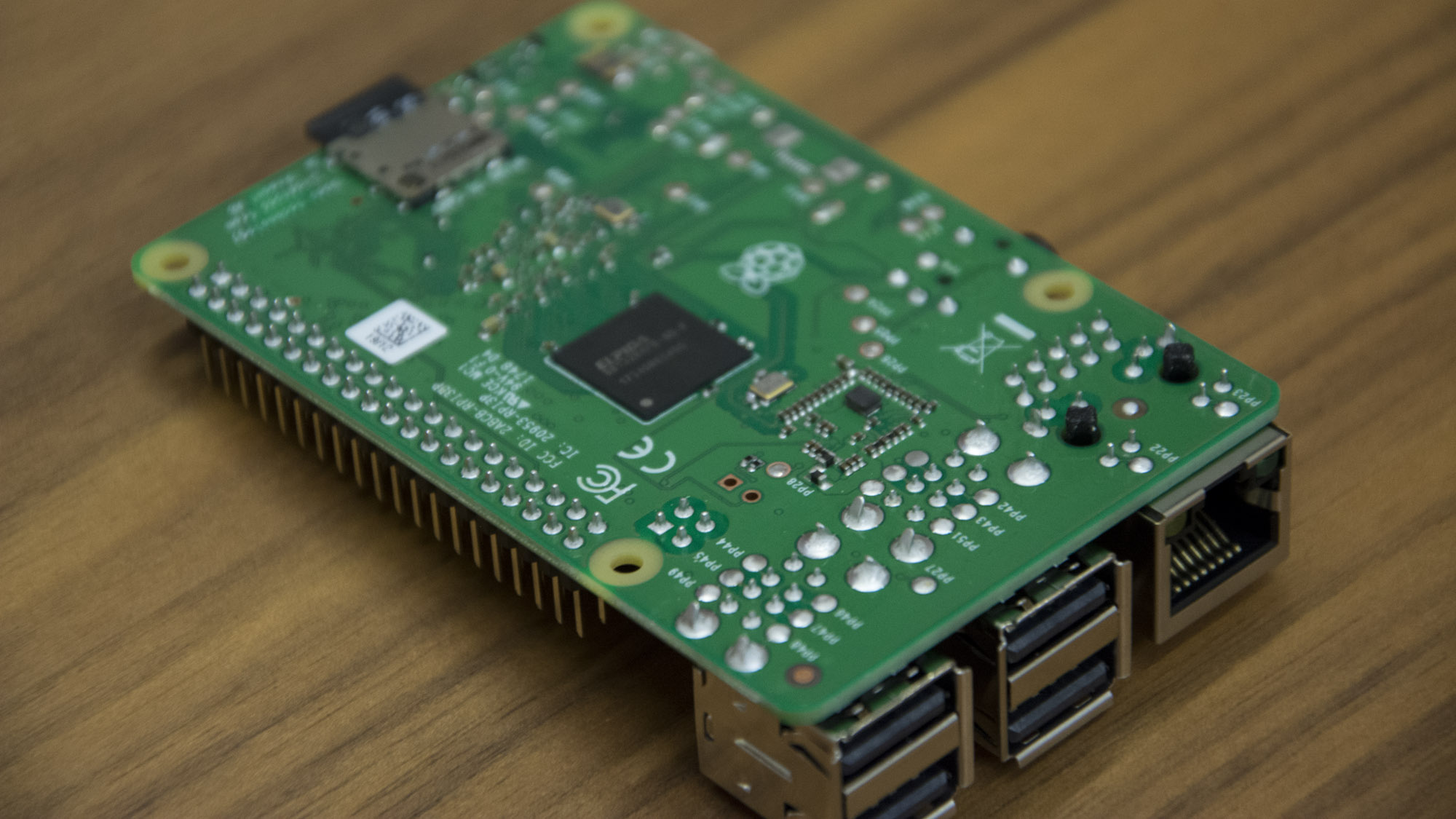
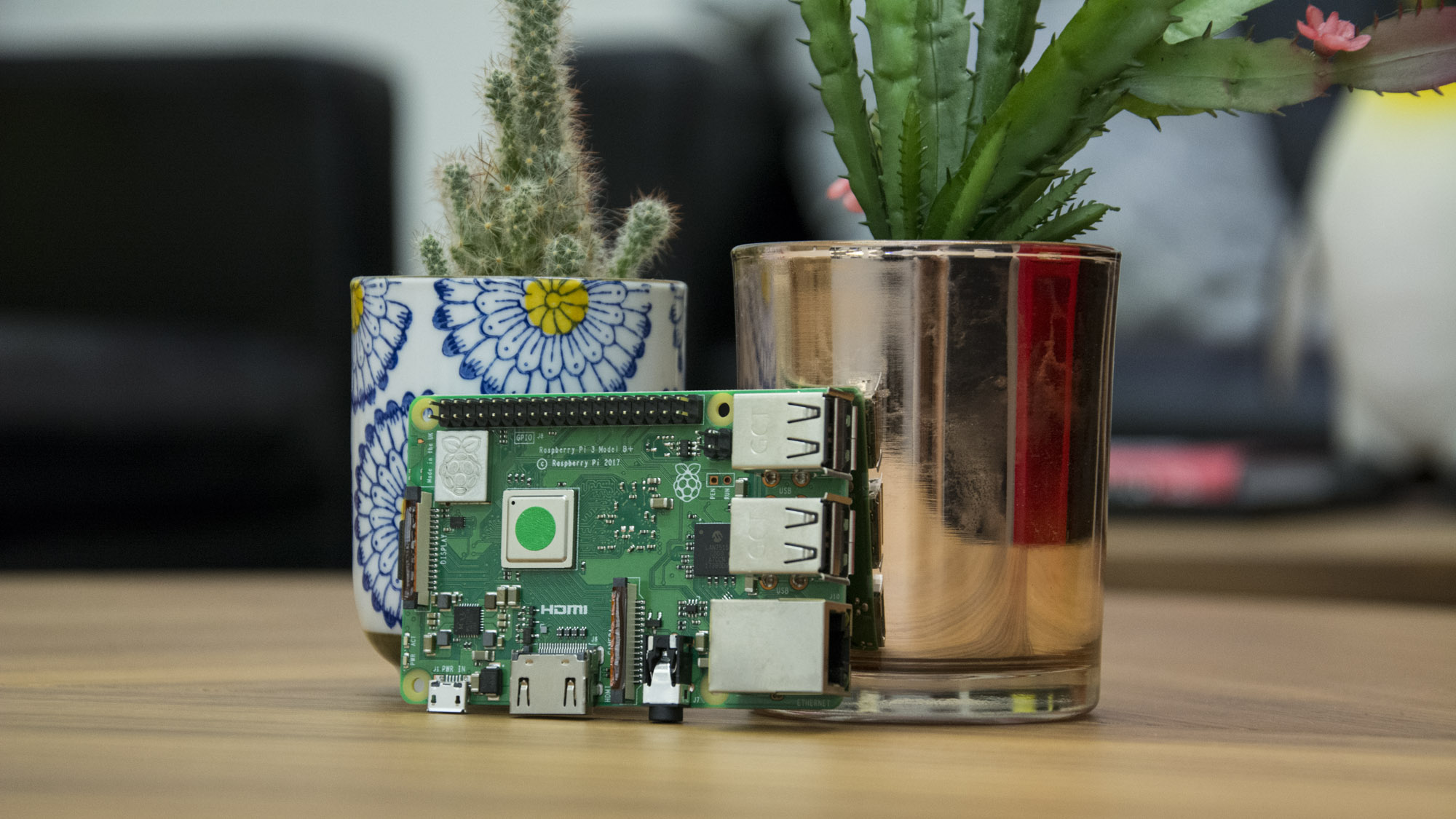
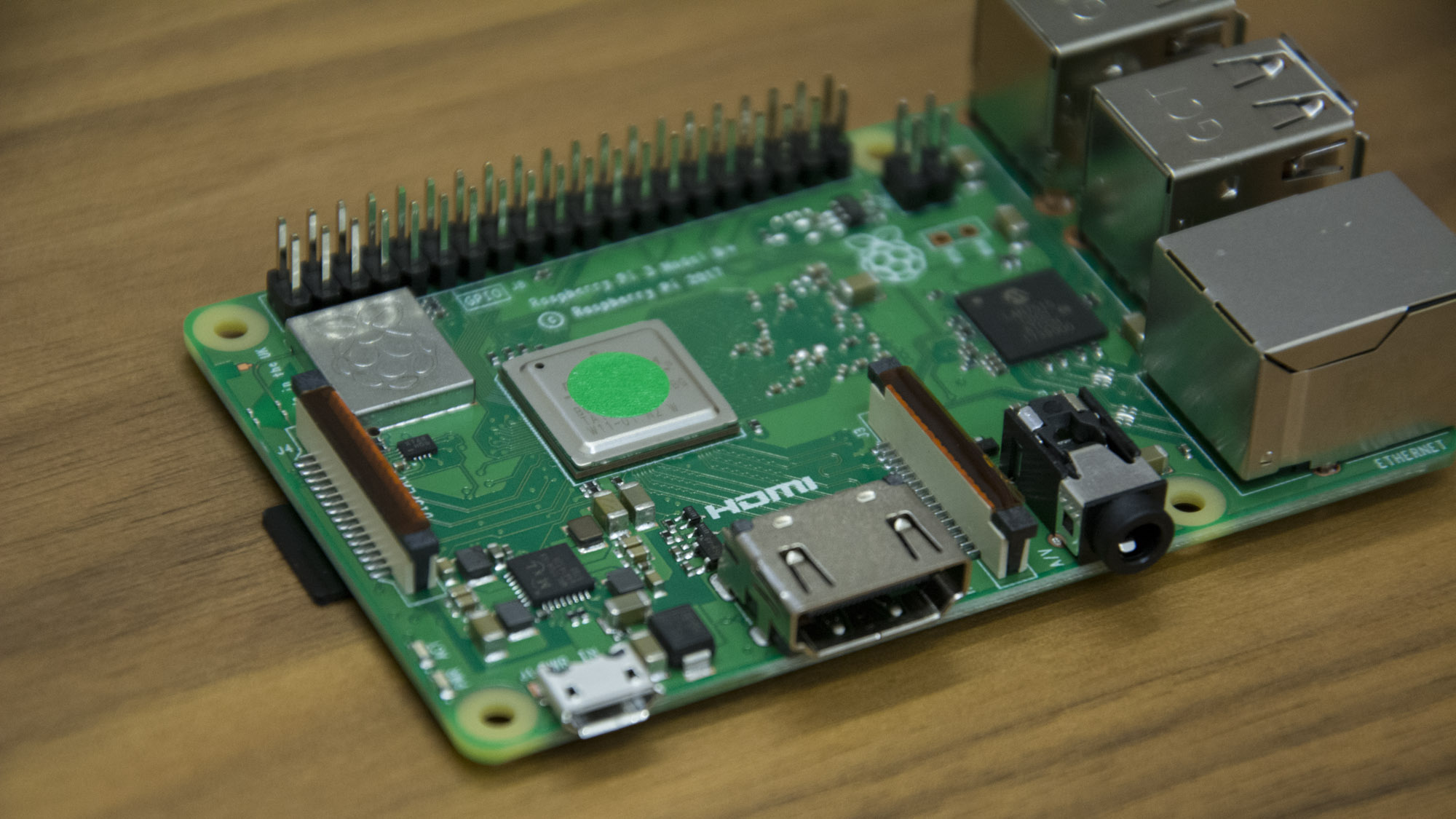
This review was first published in April 2017 and has since been updated.
The Raspberry Pi 3 B+ is the latest iteration of the world's most widely-used microcomputer - and it might be the best version yet.
One of the best things about the Raspberry Pi 3 B+ is that, despite its upgraded specifications, the price has barely shifted. It's available for just £34, making it mere pounds more expensive than 2016's Raspberry Pi 3 Model B.
And while many of the most substantial changes relate to the design rather than the function, it's still worth an upgrade if you're serious about creating some seriously powerful work with Raspberry Pi forming the basis of your creations.
Raspberry Pi 3 B+ review: Design
The Raspberry Pi 3 B+ is pretty much a carbon copy of its predecessor, but this is by no means a bad thing. It has an identical 56 x 85 x 16mm footprint as the Raspberry Pi 3, so this upgraded model will fit in exactly the same space as older iterations. This means, if you're simply after a performance upgrade, you can slip the most recent Raspberry Pi addition into your existing hardware.
It's totally compatible with any third-party cases, mountings and other add-ons you have used previously and because all the connections and ports are in the same places, everything matches up perfectly. So all you need to do is remove the older device with the new.
Talking of ports, the Raspberry Pi 3 doesn't offer a whole that more than it's predecessor, but it likely has everything you could need - especially when you consider its diminutive size. There's a Gigabit Ethernet port, a full-sized HDMI, four USB 2.0 ports, and connections for camera and display ribbon cables. If you'd rather reach for the composite cables, you can hook the Raspberry Pi up to stream video to a display.
Eagle-eyed users will spot a small physical difference in the Raspberry Pi 3 B+ in that there is now a 4-pin connector placed in the top-left corner of the computer's board; we will explain more a little later.
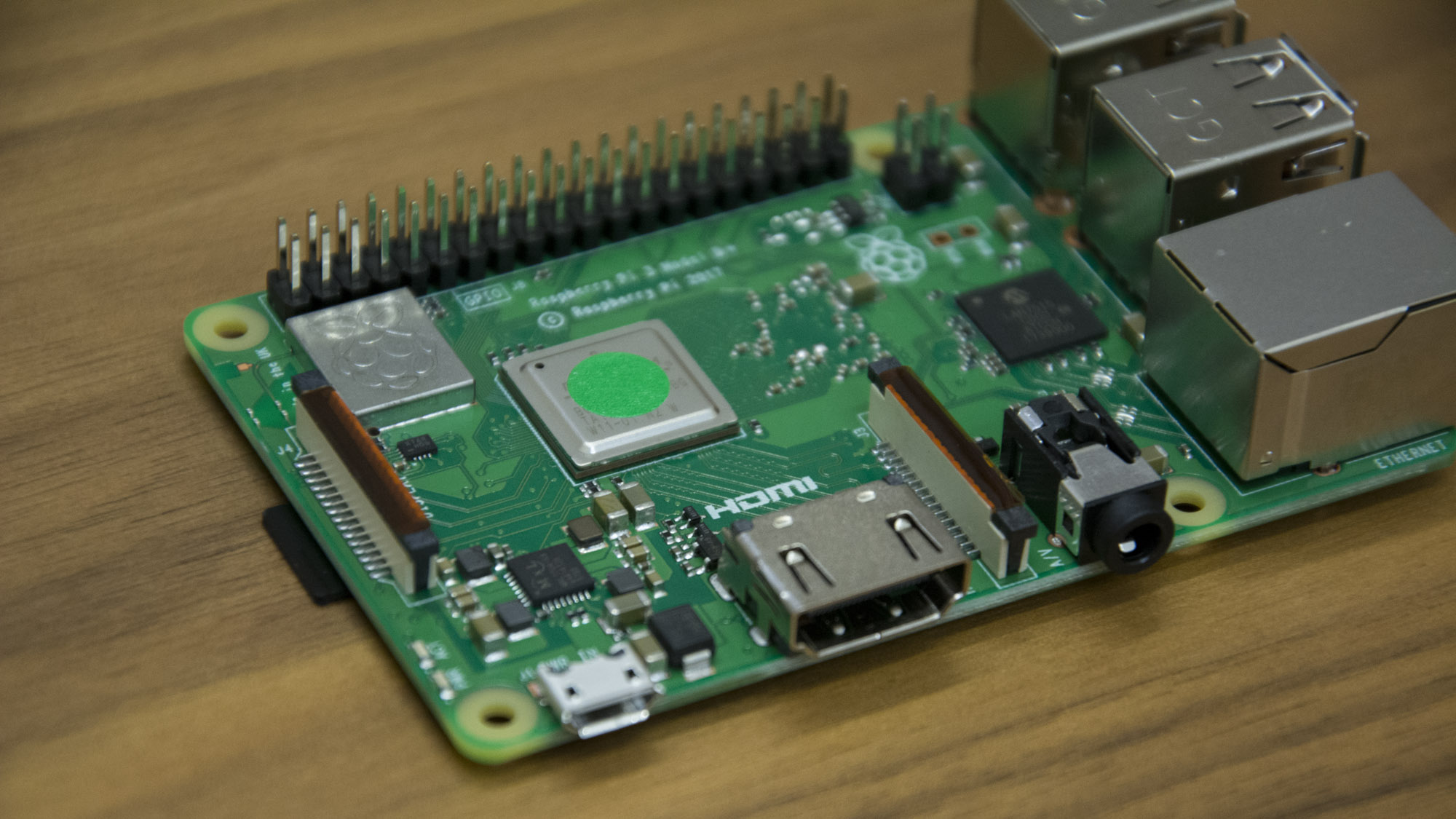
Another change is that there is now a big, aluminium square stamped with the Raspberry Pi logo next to the processor. This is the Pi's new RF shield, which covers the networking components and allows the B+ to meet the FCC's modular conformance requirements. For companies looking to integrate the Raspberry Pi into their Internet of Things (IoT) products, this greatly shortens the testing process for FCC approval, allowing for a speedier time-to-market.
Raspberry Pi 3 B+ review: Performance
As is typically the case with Raspberry Pi upgrades, one of the biggest changes this latest model brings is an increase in performance. Although the look and feel hasn't changed much, nor its internals (you'll find the same quad-core, 64-bit Broadcom chip paired with 1GB of LPDDR2 SDRAM), the clock speed has been upped up to 1.4GHz - 17% faster than its predecessor.
This extra oomph really does make a difference to running speed. During our tests, the Raspberry Pi 3 B+ achieved a single-core score of 35.7 in the Blowfish cryptographic benchmark - up 13% on the Raspberry Pi 3. If we compare the B+ to the Pi 2 B, these scores represent an improvement of 40% - that's pretty impressive, even for such a tiny device.
Similar improvements were noted when using the Whestone benchmark. A 14% boost in single-core tests and almost identical results in multi-core processes to blow the previous Raspberry Pi out of the water.
However, these great strides were somewhat dampened upon exploring the most up-to-date Raspberry Pi. The GPU clock speed is the same as the Pi 3, with no improvements at all using MotionMark's benchmarking tool. There was a 23% improvement when using Quake 3, but this is most likely down to the Raspbian OS graphics drivers rather than anything new in the hardware.
Numbers aside, the upgrade to 1.4GHz has made for great improvements in real-world tests. Where Raspberry Pi 3 would have struggled a little with multiple windows open, Raspberry Pi 3 B+ showed no signs of stalling with seven windows open at the same time, including a spreadsheet, a document, Firefox with multiple tabs open, and Minecraft.
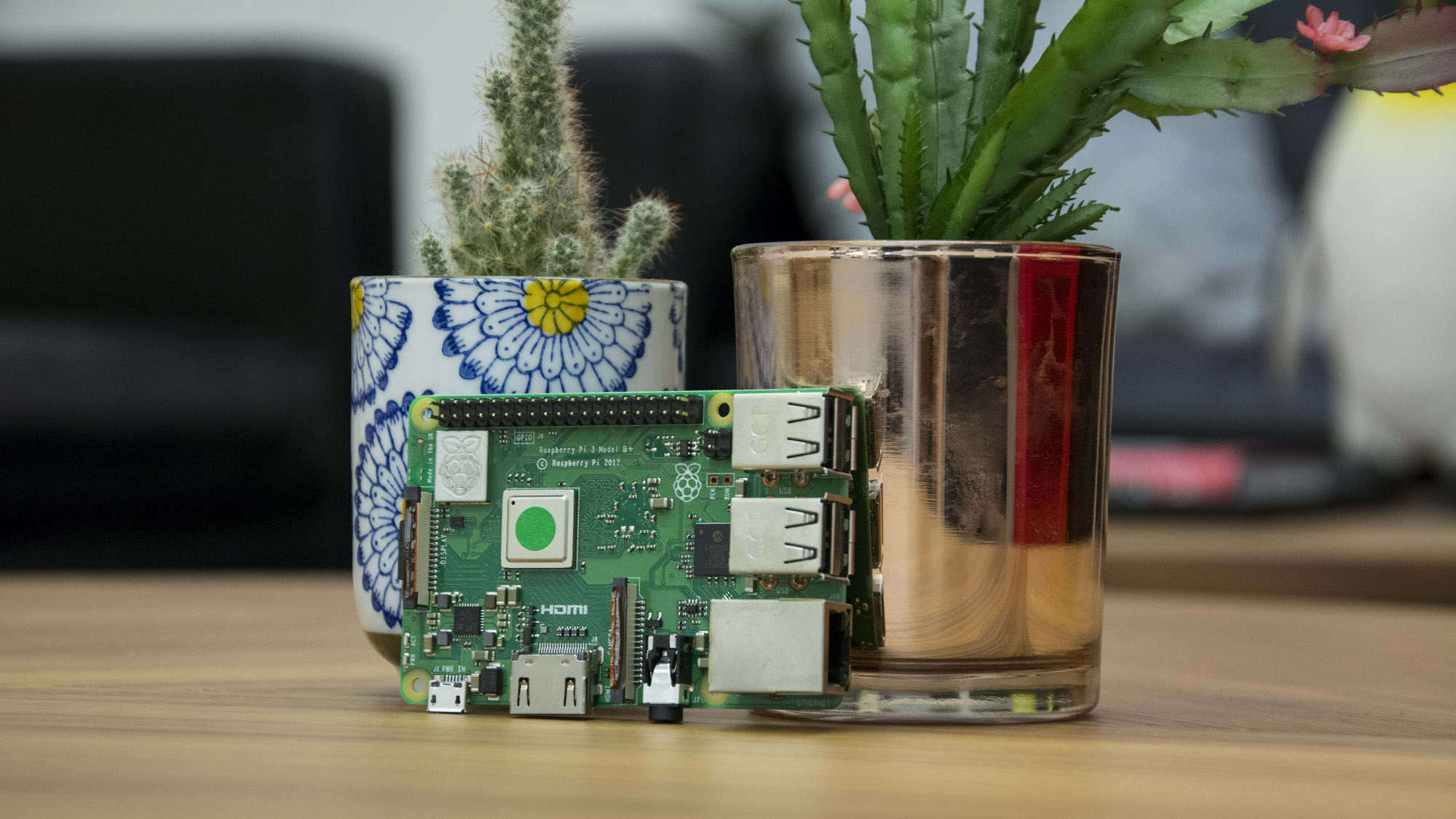
The one area in which the Raspberry Pi 3 B+ does appear to struggle is with Javascript-heavy webpages. Trying to use SaaS-based browser tools like Slack was a struggle, but given that it's a $35 computer, complaining that it can't run feature-rich SaaS apps as part of a multi-tasking browsing session feels somewhat unfair.
We would, however, advise anyone planning to use this device as a desktop computer to ditch the pre-installed Chromium browser and install Firefox instead. We found Chromium to be a seriously sluggish experience on the Pi, and while the browser it's based on remains our favourite choice in most cases, it's simply too much of a memory-hog for use on such a bare-bones machine.
Raspberry Pi 3 B+ review: Networking
Aside from performance, the real meat of the changes for the Pi 3's mid-generation update is in the networking. The Raspberry Pi 3 B+ now supports Power over Ethernet (PoE) via a four-pin connector and a separate hat, which will be very useful for anyone seeking to use the Pi for IoT projects.
The Ethernet port has also been swapped for a faster model, and now supports the Gigabit protocol. While it can't achieve the maximum speeds possible with Gigabit Ethernet, it's capable of a very creditable 300Mbits/sec, according to the creators.
In our tests, the newer Pi's Ethernet port was just over 20% faster for download tasks, with a speed of 11MB/sec. Upload speed is a different story, though; the new port managed uploads at almost 21MB/sec, which is a whopping 88% improvement over the Pi 3.
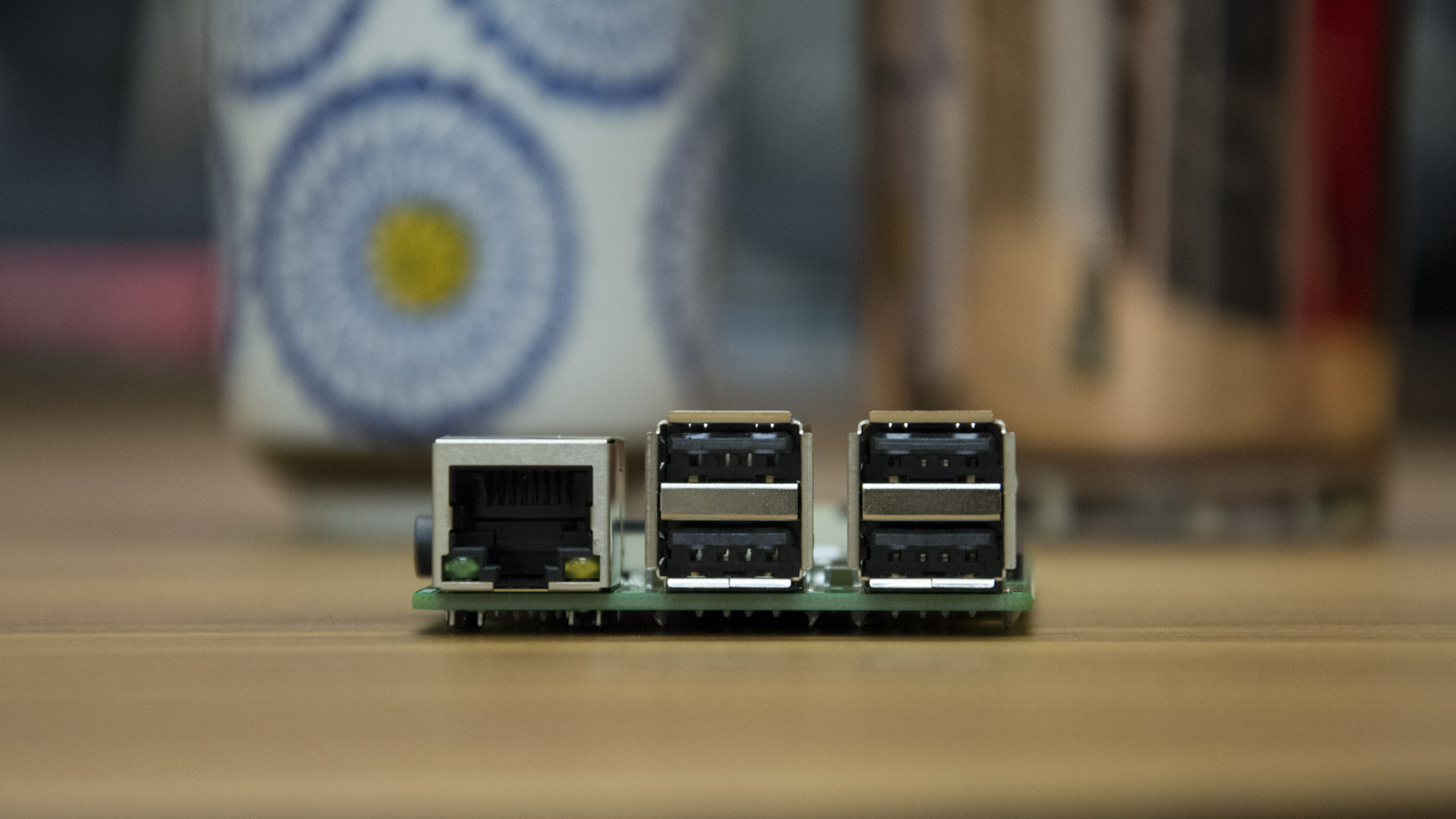
Wireless networking has been improved too, with a new dual-band 802.11ac Wi-Fi chip. The improvements are similar to those achieved with the Ethernet upgrade. Download performance of 5.2MB/sec is 18% faster than the Pi 3, while upload speeds are more than twice as fast, clocking in at 9.6MB/sec.
It's never going to match the performance of a dedicated NAS box, true, but the upgraded networking capabilities make the new and improved Pi even more attractive for cobbling together a basic DIY fileshare.
Raspberry Pi 3 B+ review: Verdict
On the surface, the creators of the Raspberry Pi haven't changed all that much with the Raspberry Pi 3 B+. PoE support is a nice addition and the RF shield will be useful for manufacturers, but the main improvements arrive in the form of a decent increase in speed and faster networking.
This shouldn't be all that impressive, but taken together, the handful of minor upgrades combine to form a noticeably improved experience. In particular, the speed boost to networking makes certain operations much less of a chore than with previous Raspberry Pi devices.
Really, though, when you get right down to it, the Raspberry Pi 3 B+ is a $35 device that can act as a fully-functional desktop PC with few limitations. In terms of value for money, it's simply unbeatable, and its technical capabilities are nothing to be sniffed at.
Even if the Raspberry Pi 3 B+ doesn't constitute a great leap forward for the microcomputer, it's a refinement of an already excellent device. It's perfection, improved upon.
| Processor | Quad-core 1.4GHz Broadcom BCM2837B0 |
| RAM | 1 GB |
| Dimensions | 56 x 85 x 16mm |
| Ports | 2x USB 2.0, 1 x HDMI, 1x DSI, 1x CSI, 1x microSD slot, 1x GbE |
Get the ITPro daily newsletter
Sign up today and you will receive a free copy of our Future Focus 2025 report - the leading guidance on AI, cybersecurity and other IT challenges as per 700+ senior executives

Clare is the founder of Blue Cactus Digital, a digital marketing company that helps ethical and sustainability-focused businesses grow their customer base.
Prior to becoming a marketer, Clare was a journalist, working at a range of mobile device-focused outlets including Know Your Mobile before moving into freelance life.
As a freelance writer, she drew on her expertise in mobility to write features and guides for ITPro, as well as regularly writing news stories on a wide range of topics.
-
 ‘Phishing kits are a force multiplier': Cheap cyber crime kits can be bought on the dark web for less than $25 – and experts warn it’s lowering the barrier of entry for amateur hackers
‘Phishing kits are a force multiplier': Cheap cyber crime kits can be bought on the dark web for less than $25 – and experts warn it’s lowering the barrier of entry for amateur hackersNews Research from NordVPN shows phishing kits are now widely available on the dark web and via messaging apps like Telegram, and are often selling for less than $25.
By Emma Woollacott Published
-
 Redis unveils new tools for developers working on AI applications
Redis unveils new tools for developers working on AI applicationsNews Redis has announced new tools aimed at making it easier for AI developers to build applications and optimize large language model (LLM) outputs.
By Ross Kelly Published
-
 Google layoffs continue with "hundreds" cut from Chrome, Android, and Pixel teams
Google layoffs continue with "hundreds" cut from Chrome, Android, and Pixel teamsNews The tech giant's efficiency drive enters a third year with devices teams the latest target
By Bobby Hellard Published